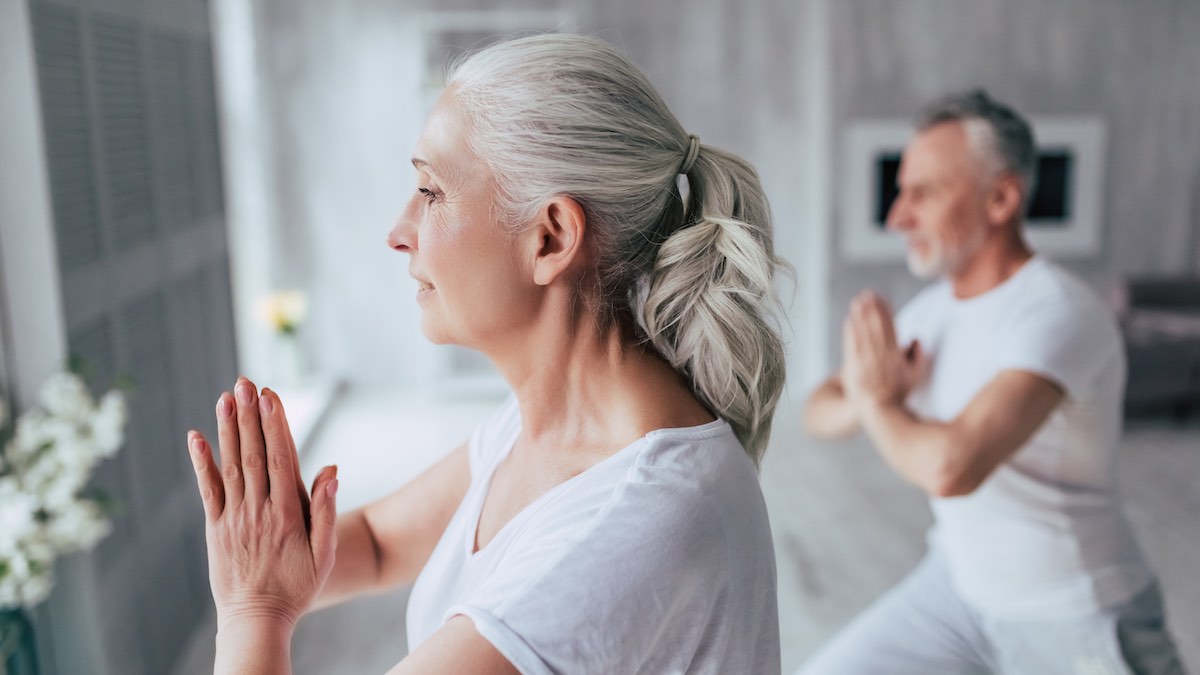Exercise and migraine
What are the physical effects of exercise that impact migraine biology?
Exercise has multiple physical effects. It influences the hormonal system, the vascular system, and the inflammatory state of our body. It will also change the metabolism of neurotransmitters like serotonin, opioids, endocannabinoids and CGRP. All these systems are involved in the biology of migraine.
Why could exercise improve my migraines?
Exercise could be beneficial in different ways:
- It causes a release of endorphins which can help increase pain tolerance
- It helps regulate sleeping and eating patterns, and decreases stress levels
- It helps to prevent obesity and depression – two conditions that are associated with migraine
- It may increase your migraine threshold so that you are more resistant to migraine triggers
- Depending on the exercise, it can strengthen and stabilize your neck, shoulder and core muscles. A better posture may play a role in migraine management.
- It increases self-awareness and it gives a feeling of empowerment
Is there solid proof that exercise helps migraines?
Although there are many theories around the potential positive role of exercise for migraine management, there are not many studies comparing an exercise protocol to no exercise. Those studies are very difficult to do!
One study showed a decrease in monthly migraine days with two regimens of exercise, one more intense and one moderate, compared to a control group (no exercise). These patients had a mean of 4 migraine days per month and therefore were not frequent or chronic. The decrease in the exercise group was -2 migraine days per month.
Studies on exercise and migraine found that regular exercise was effective at reducing the frequency, intensity, and duration of migraine when 30 – 40 minutes or more of moderate or higher intensity exercise was performed 3 or more times per week.
Should I exercise during a migraine attack?
For most people, it is best to avoid exercise because it will usually make attacks worse. Some patients report that if they exercise in the early stage of a migraine, they will abort it.
What if I have chronic migraine and it’s difficult for me to tolerate exercise?
This is a difficult situation. For now, there is no clear proof that exercise can reduce migraine frequency in frequent and chronic migraine patients. Exercising may not easy for someone who has headaches very frequently, but staying active even at a gentle level has advantages.
There is evidence (23 studies) that exercise can improve depression. As many people with chronic migraine are depressed, exercise could be beneficial by improving mental health.
Please see our page on this topic to find ways to get the benefits of exercise without triggering attacks. (See this post).
What are the health benefits of regular exercise relevant for people with migraine?
No doubt: it’s good for you!
- Reduces migraine attacks
- Helps prevent insomnia and regulates sleep
- Improves mood and self-esteem
- Improves memory and concentration
- Improves cardiovascular health
- Maintains and improves muscle mass
- Helps to maintain a healthy weight
Conclusion: should I exercise more?
If you are exercising less than 30 minutes 3 times each week, the answer is YES. Exercise has multiple benefits on physical and mental health. Also, it is very likely that exercise can improve migraine, even if there are not many formal studies. If you are interested to read tips on how to exercise more, read our handout “HOW to exercise more if you suffer from migraines.”
REFERENCES
Koseoglu E, Yetkin MF, Ugur F, Bilgen M. The role of exercise in migraine treatment short title: exercise in migraine. J Sports Med Phys Fitness. 2014.
Post#705
Categories
THE MIGRAINE TREE
- BRANCHES
- ACUTE TREATMENTS
- DEVICES AND NEUROMULATIOIN
- PREVENTIVE TREATMENTS
- PROCEDURES AND INJECTIONS
- SELF-CARE AND LIFESTYLE
- SOCIAL LIFE
- TRUNK
- ROOTS
OTHER CATEGORIES




